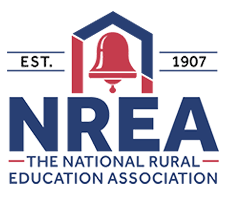Abstract
The Rural Math Excel Partnership (RMEP) identified math competencies used by technicians in the workplace compared to standards of learning required in the public school curriculum. A modified DACUM process revealed 39 math competencies used by technicians in STEM-related occupations of the rural region. Group interviews with faculty in three community colleges helped substantiate math gaps. A project math specialist and team of teachers identified four types of learning gaps: (1) math competencies not included in state standards; (2) math competencies included in state standards taught prior to Algebra I, Algebra II, Geometry, and Algebra Functions and Data Analysis (AFDA) courses; (3) math competencies included in high school state standards that students struggle to learn; and (4) math competencies community college students struggle to learn. Implications include five lessons learned in the gap analysis process and six questions for guiding future innovation and research.
Creative Commons License

This work is licensed under a Creative Commons Attribution 4.0 International License.
Recommended Citation
Harmon, H. L.,
&
Wilborn, S. C.
(2016).
The Math Learning Gap: Preparing STEM Technicians for the New Rural Economy.
The Rural Educator, 37(3), 30-44.
https://doi.org/10.35608/ruraled.v37i3.257



